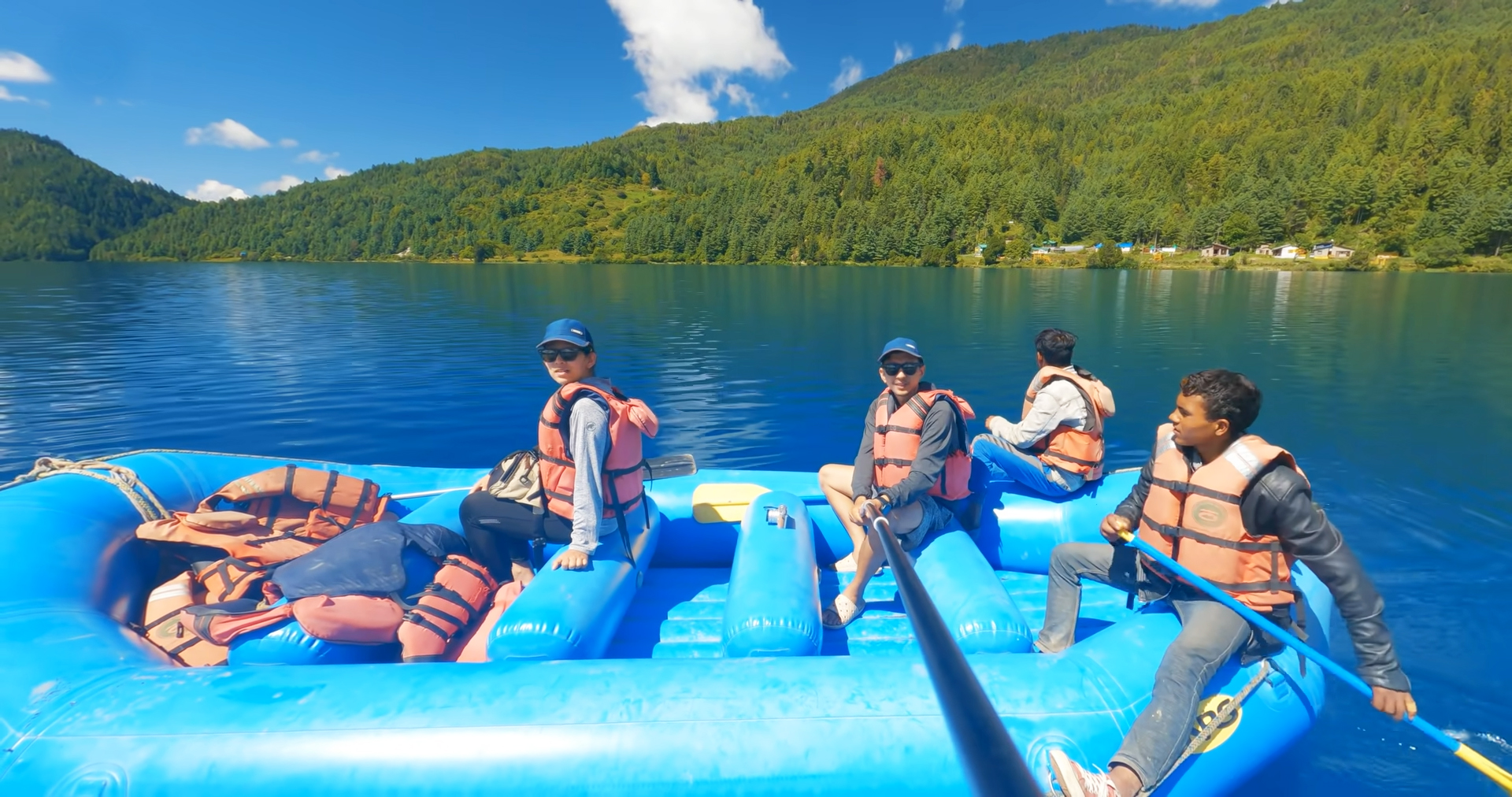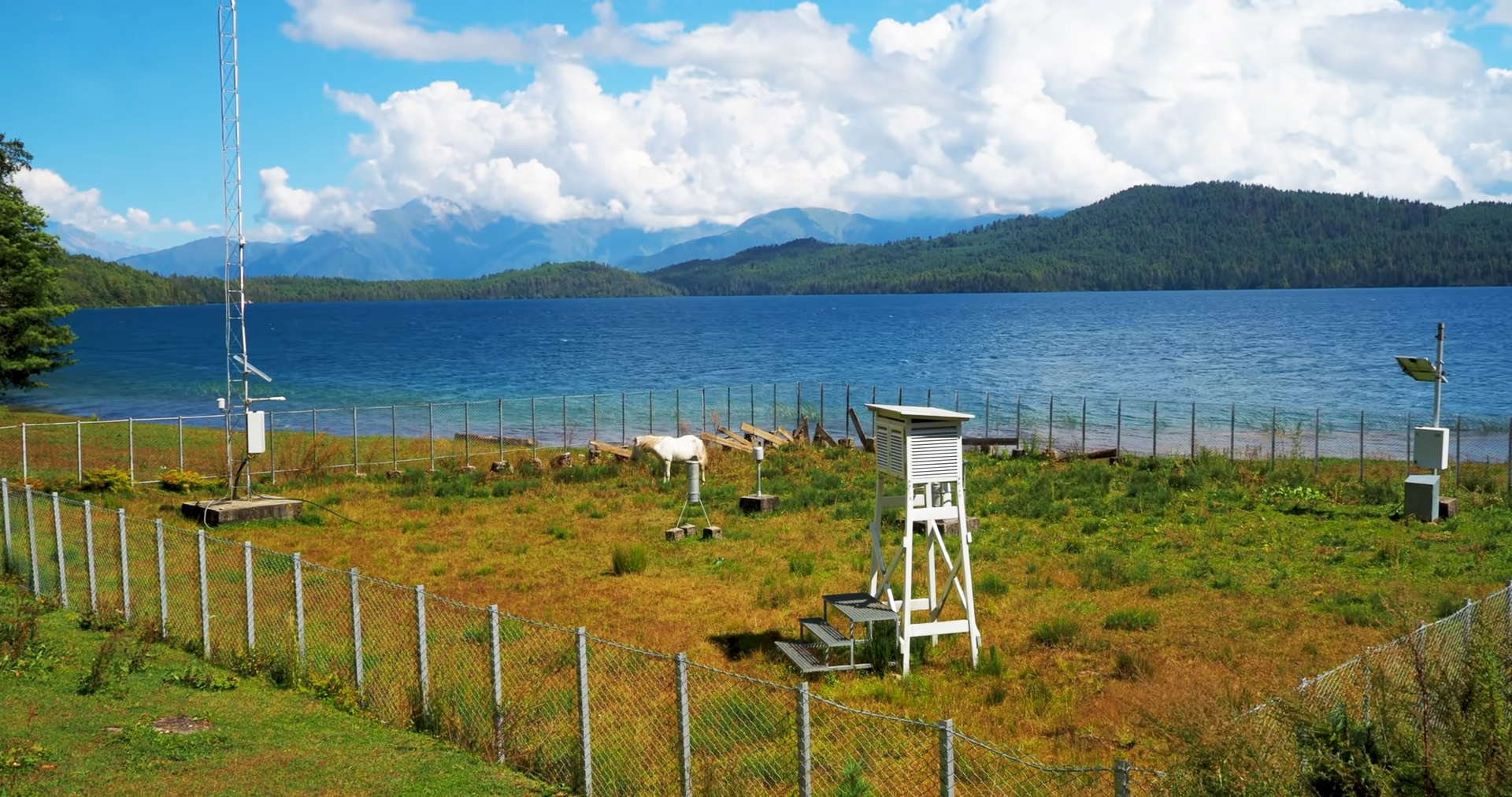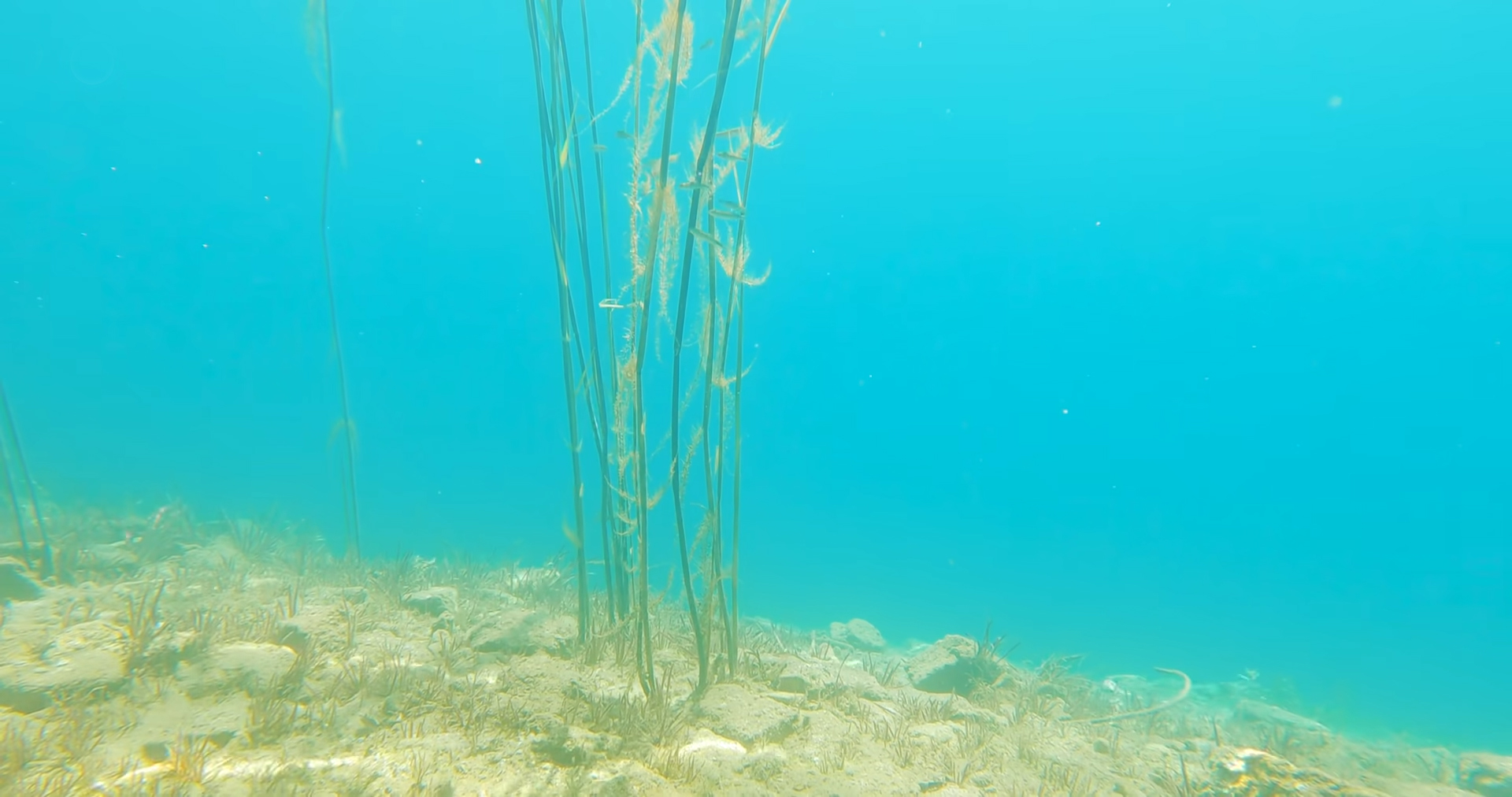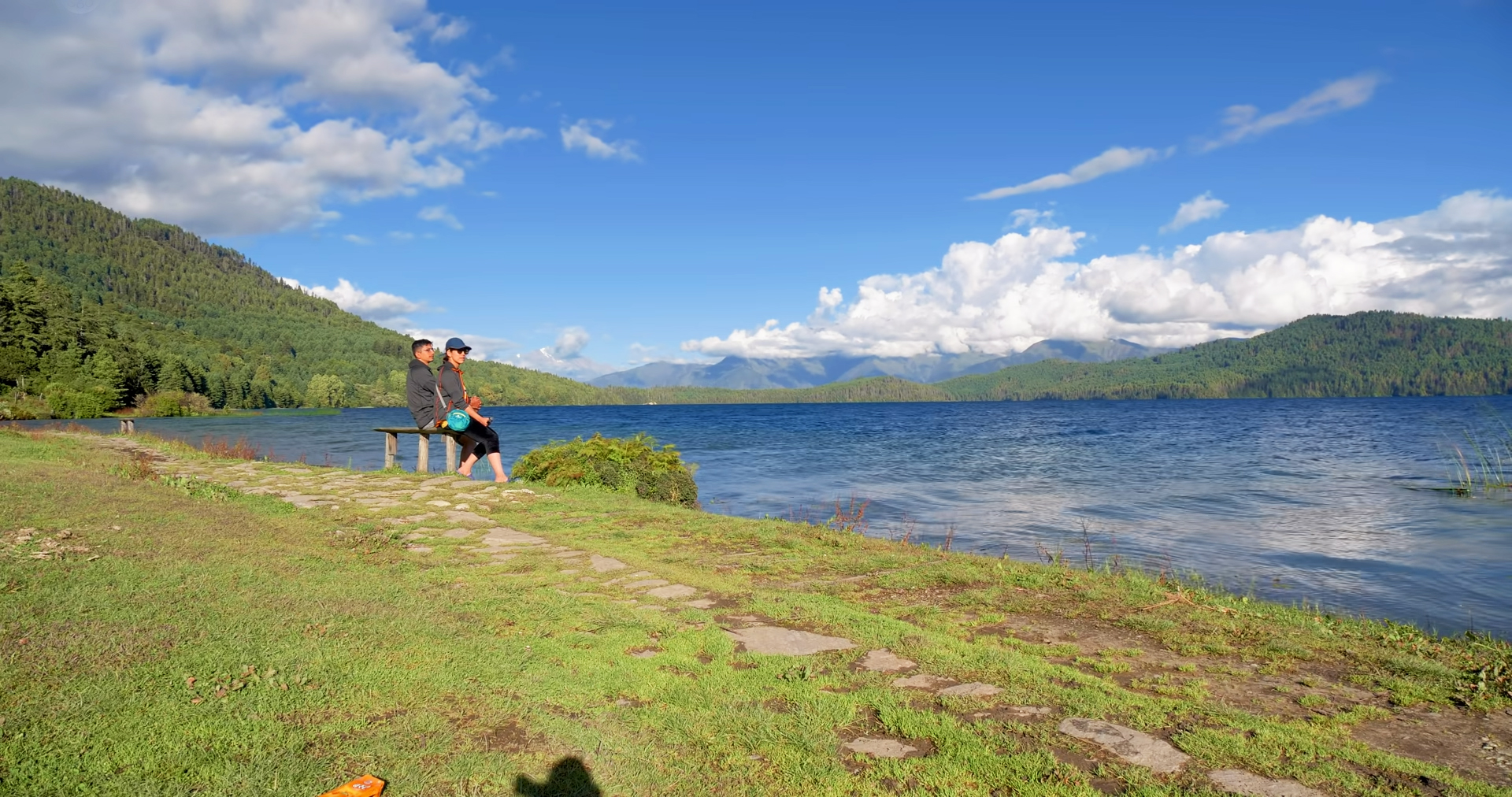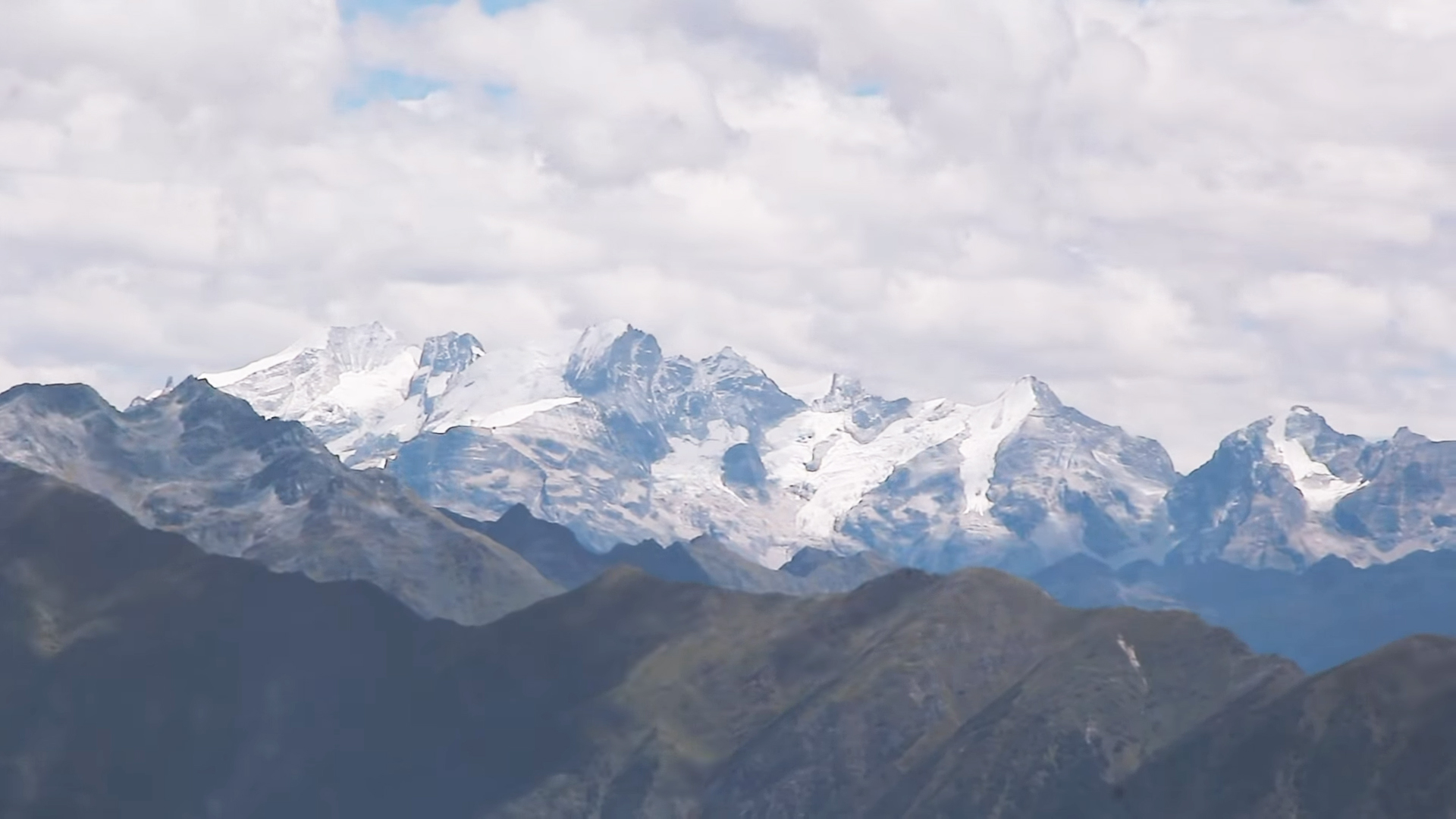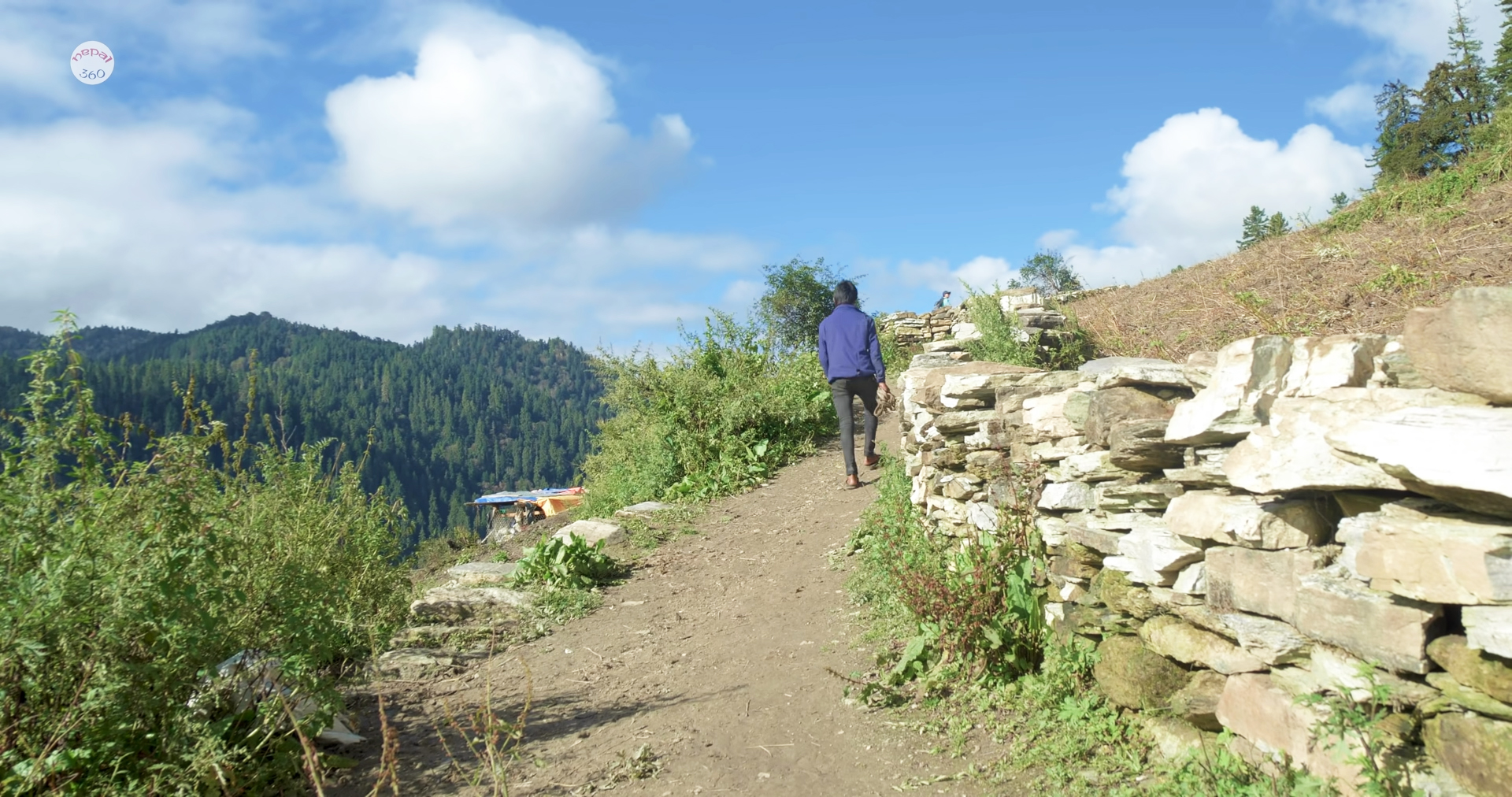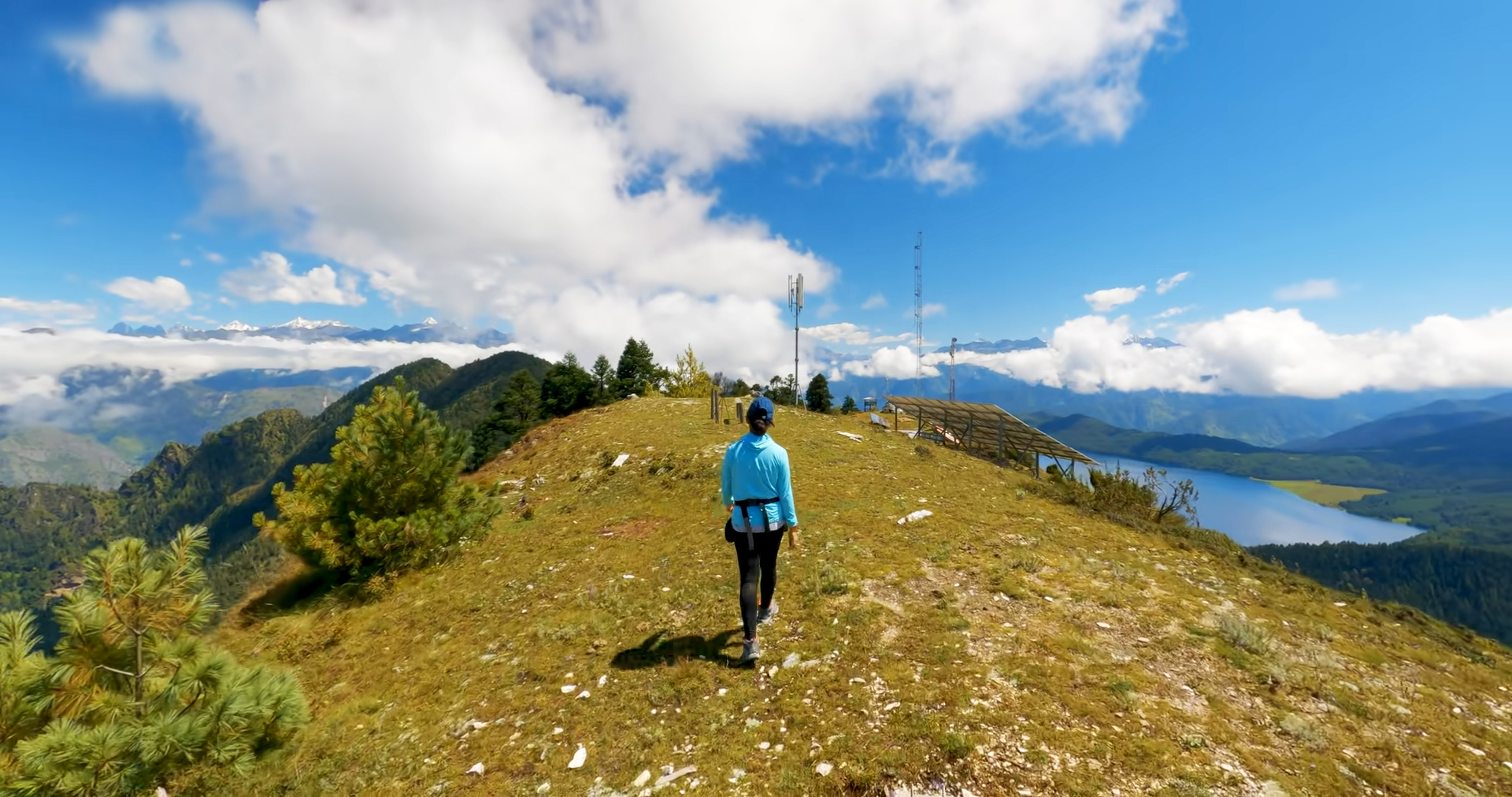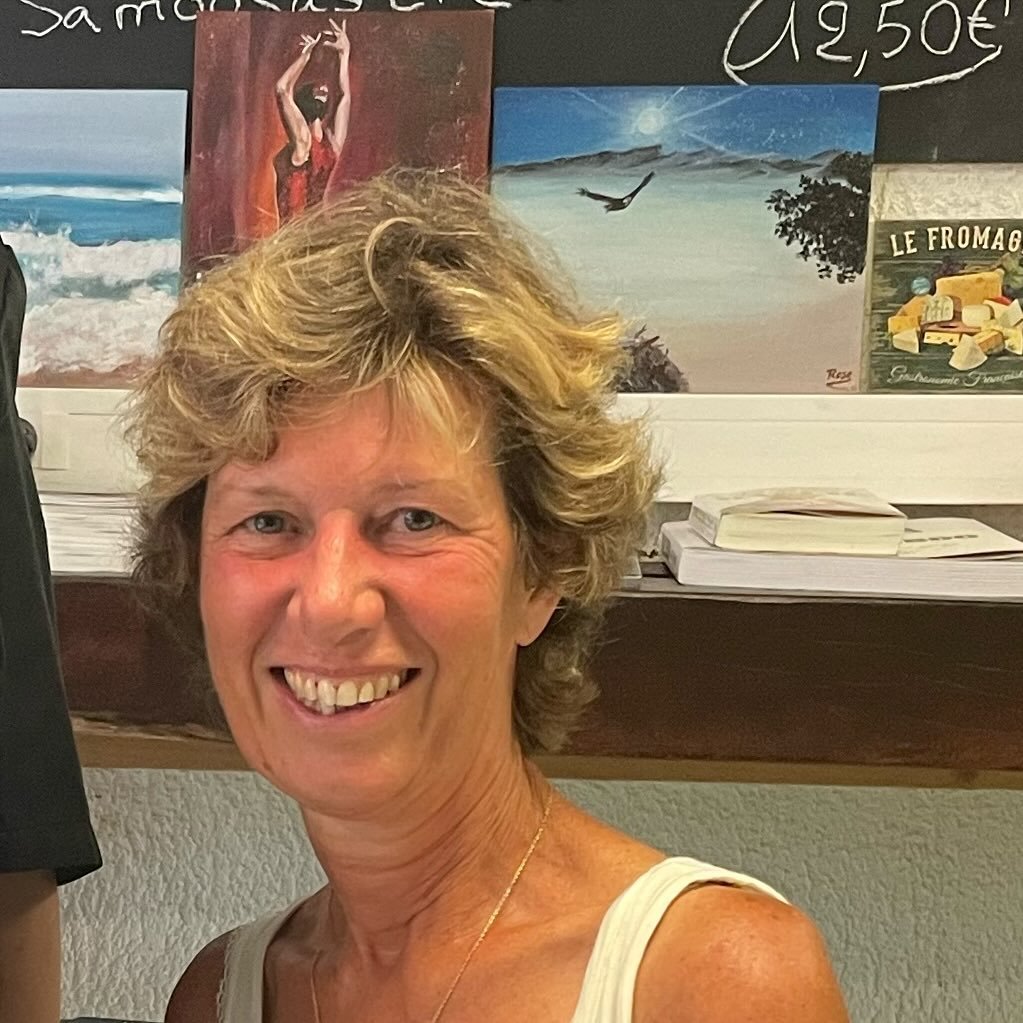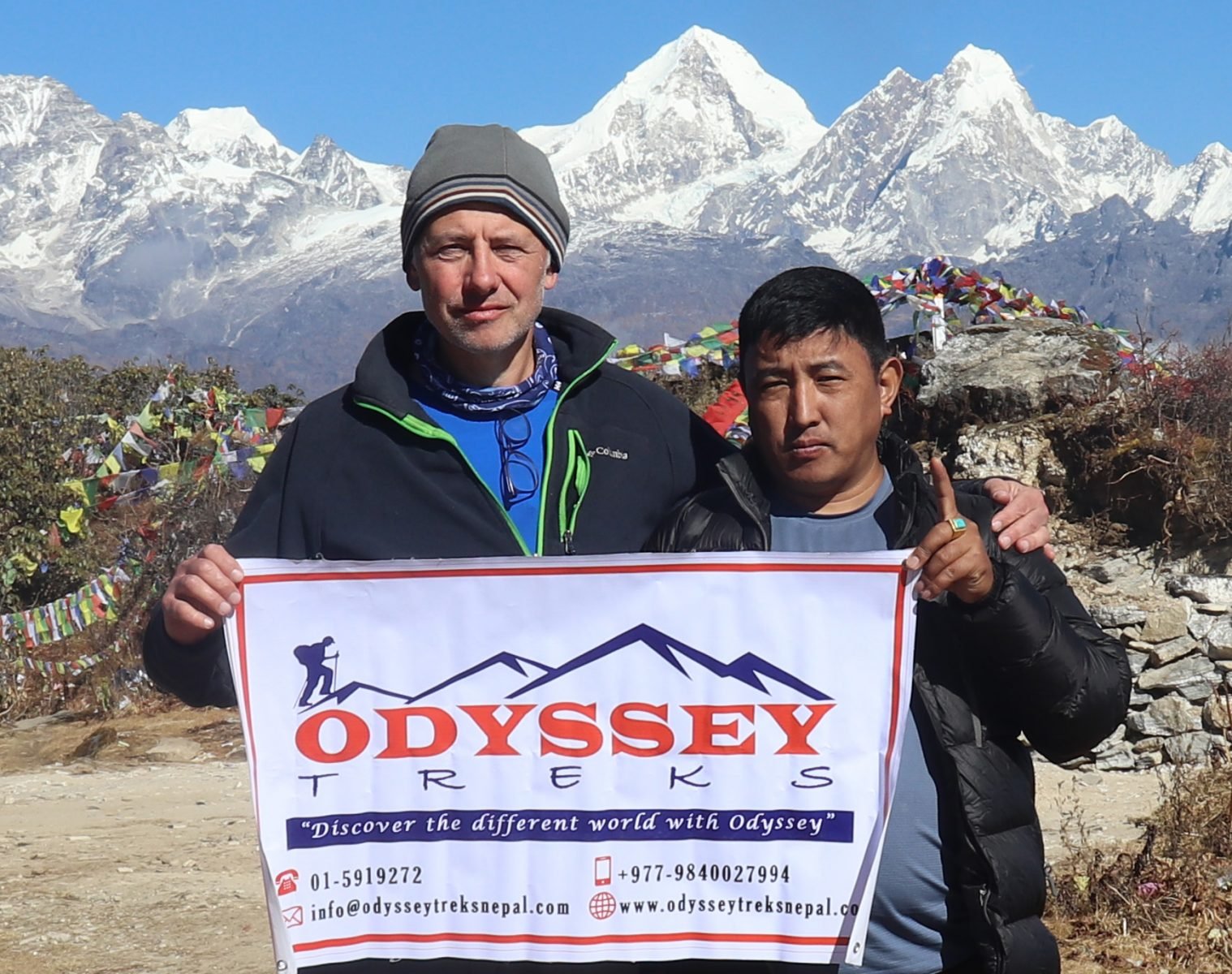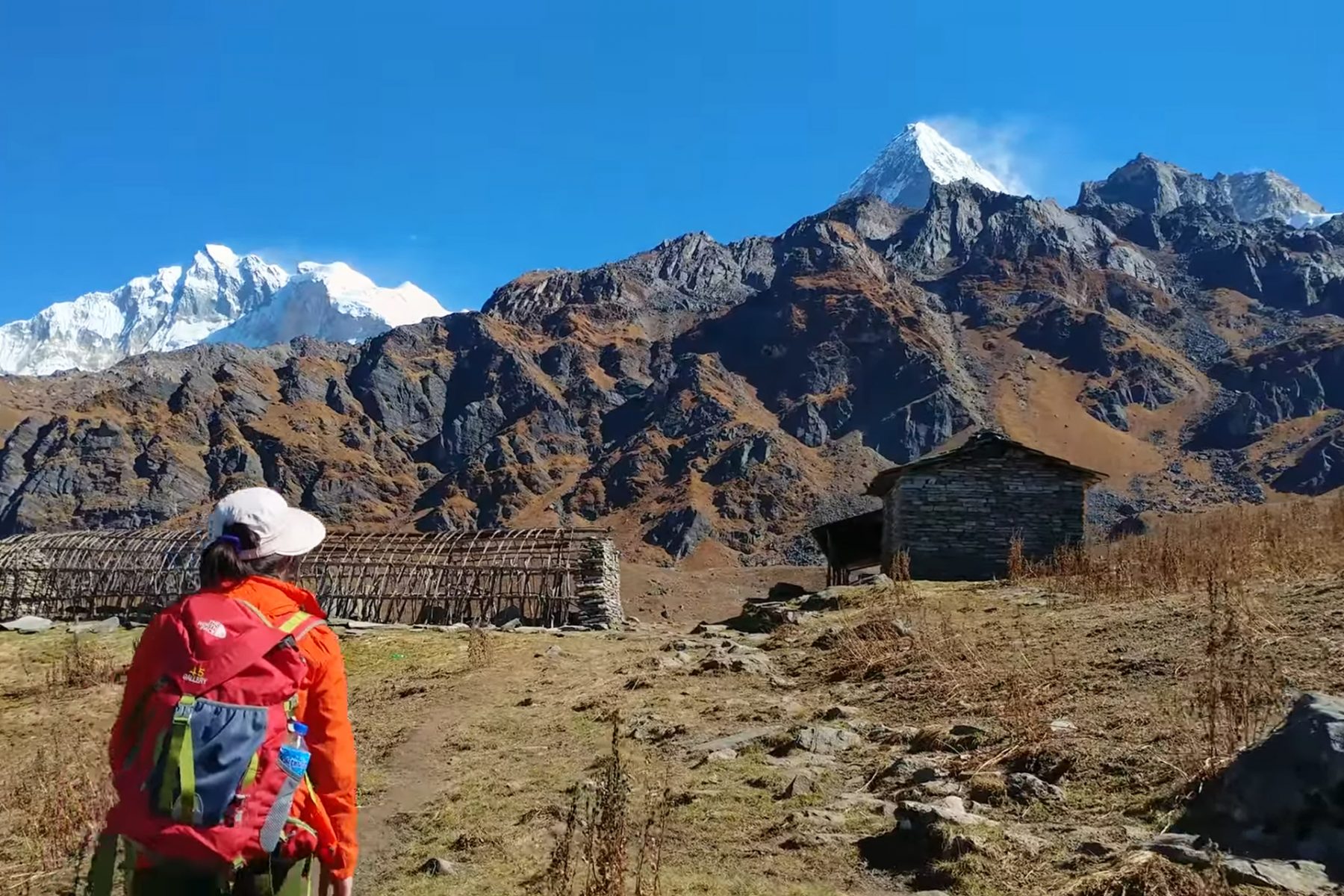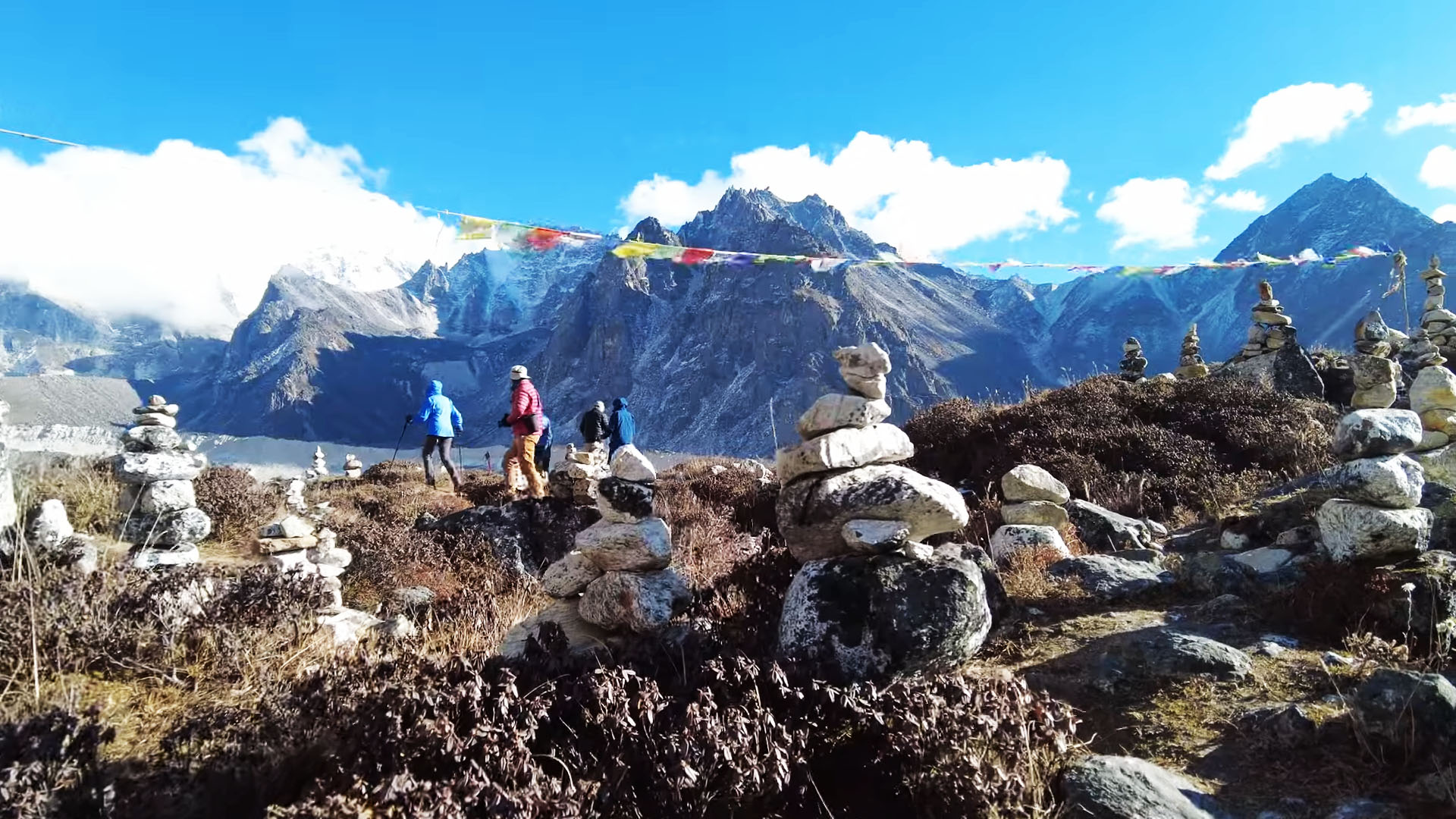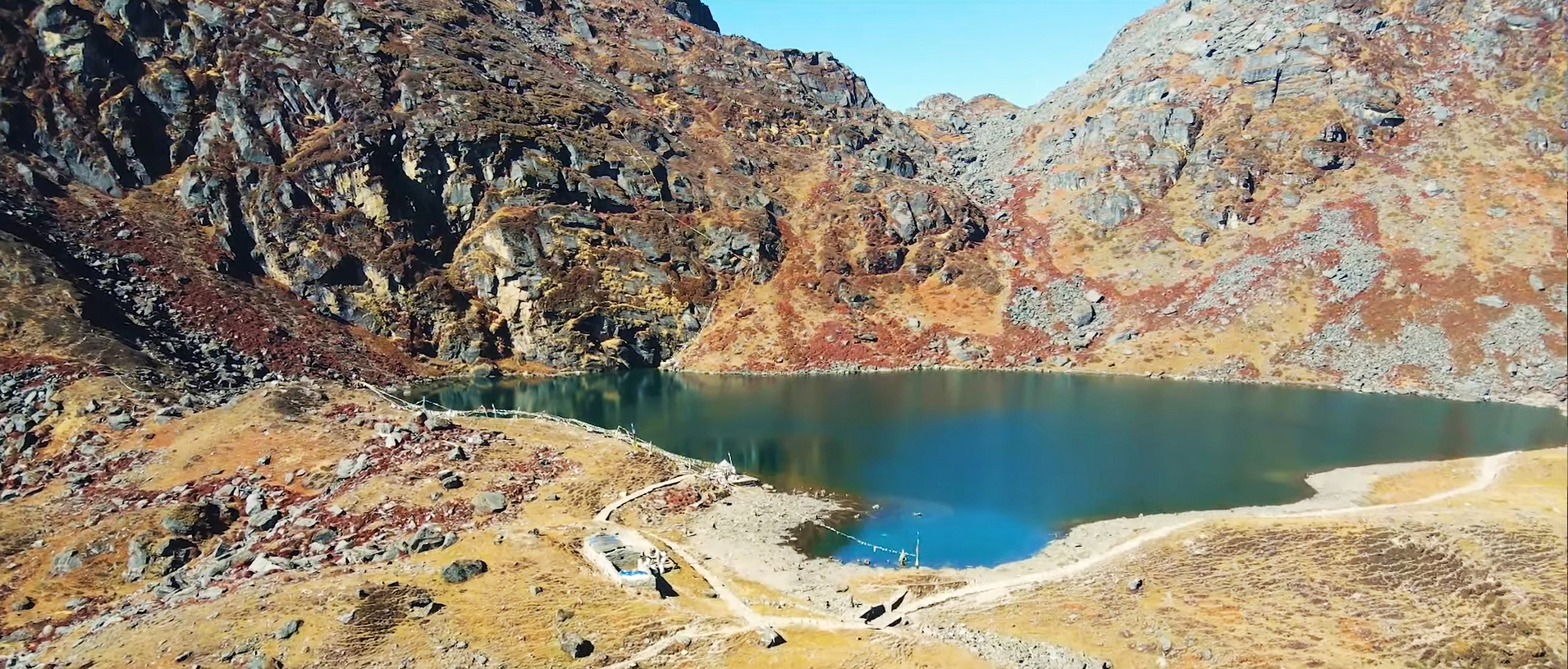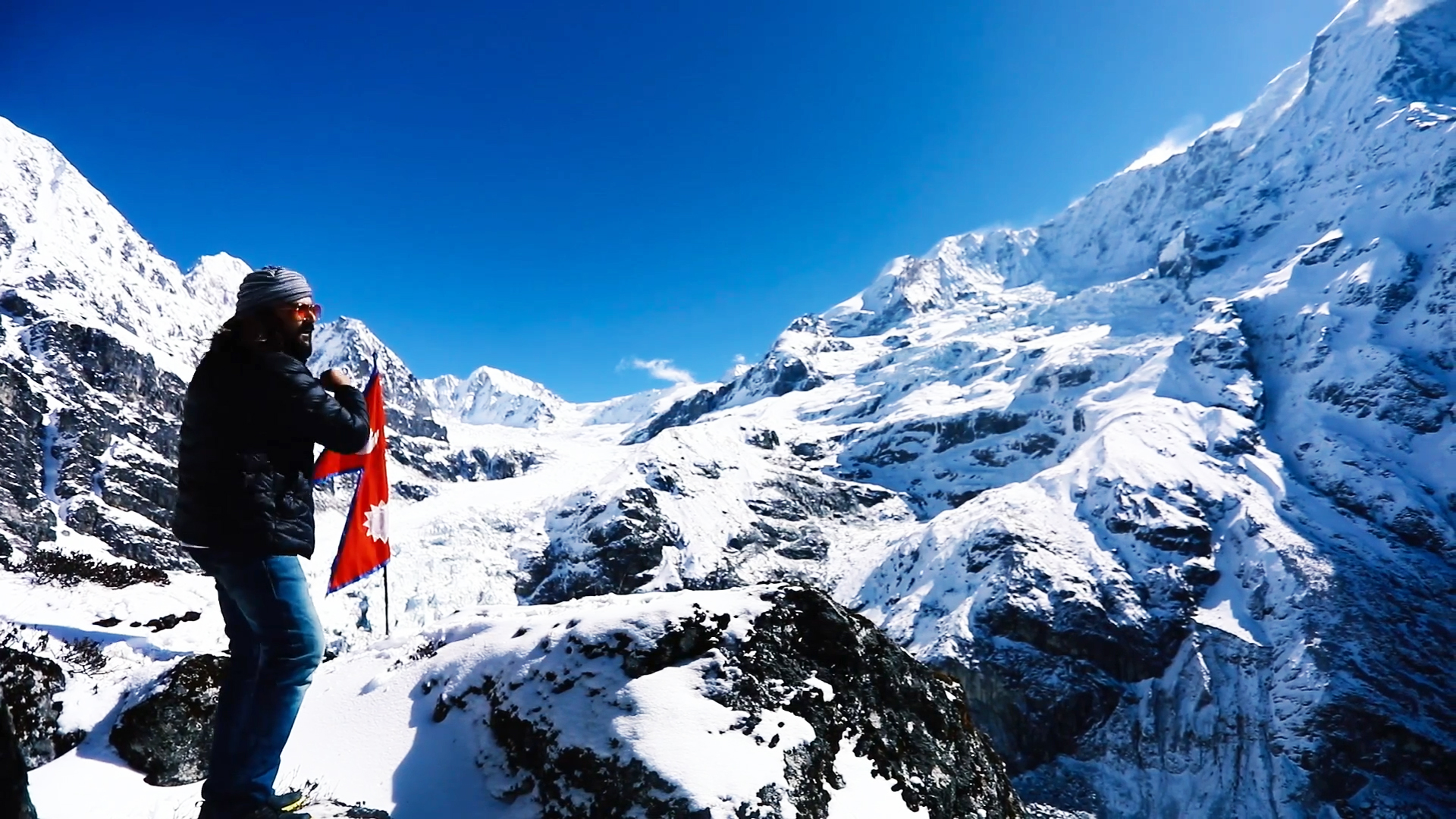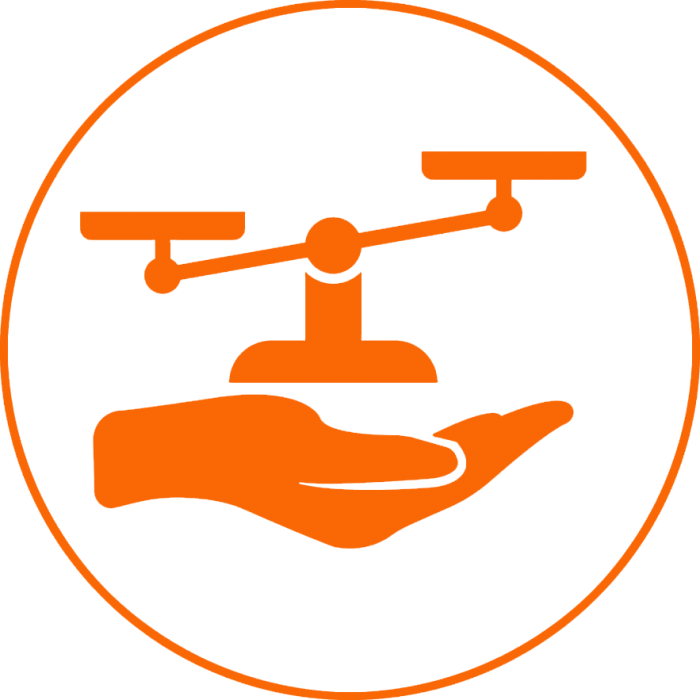Trip Overview
Introduction to Rara Lake Trek
The Rara Lake Trek is a trip to Nepal’s highest and biggest lake, located in the far west of Nepal. The trail crosses the lush green jungle, taking you on a journey of flora and finally to Rara Lake. In the water of Rara Lake, you can see the reflection of the majestic Himalayas. The lake is situated at an altitude of 2,990 meters and is surrounded by beautiful mountains. It is also unique, which will be one of the most beautiful things you have seen in your life.
Rara National Park was established in 1976 to preserve the beautiful lake between the park and the various plants, animals, and birds in the park. The park conserves about a thousand and fourteen species of flowers, two hundred and fourteen species of birds, and fifty-one types of mammals, along with Rara Lake. Medicinal plants are cultivated in the fertile land of this region, and those who are involved in agriculture cultivate and sell medicinal plants.
You may visit: Bhutan Snowman Trek in 27 Days, Cost, Distance, Itinerary, Solo, Maps
Popular off-the-beaten trail of Nepal
Rara Lake Trek is an off-the-beaten trail, and the trip provides a glimpse of the stunning Himalayan scenery, beautiful landscapes, rhododendron jungle, mixed culture, and lush valleys. This trek will help you walk the solitary path. You will follow the off-the-beaten-track trail and enjoy the beautiful gifts of nature. The Rara National Park you walk in is home to animals such as musk deer, Himalayan black bears, leopards, Himalayan gorals, red pandas, etc.
The culture, traditions, and scenery are very different from the rest of the country. The unique cultures, traditions, and daily lives of the people in this remote area give the visitor a unique experience and make the holiday enjoyable. September to October and April to May are the best months of the year for this moderate-level trek. Good health and physical condition are sufficient to complete the Rara Lake Trek.
This is a non-technical trip and is suitable for average trekkers without prior trekking experience. The Rara Lake Trek can be either a camping or a homestay trek. For more affordable trekking, it is better to trek with simple accommodations and local Nepalese dishes. For all nature lovers and remote solitude travelers, the Rara Lake trek can be the perfect trek.
You may like to visit: Island Peak Climbing in Nepal, 13 Days, Itinerary, Cost, Distance.
Trip Itinerary
Fly Kathmandu to Nepalgunj - 1 hour.
Fly Nepalgunj to Jumla (2,540m) - 20 minutes.
Jumla to Bumra (2,850m) – 6 to 7 hours walk.
Bumra to Pina (2,440m) - 5 to 6 hours walk.
Pina to Gamagadhi (2,095m) - 6 to 7 hours walk.
Gamagadhi to Rara Lake (3,010 m) - 5 to 6 hours walk.
Explore Rara Lake.
Rara Lake to Khatyar Khola Camp (2,965m) - 4 to 5 hours walk.
Khatyar Khola Camp to Ghoro Singha (3,050m) - 5 to 6 hours walk.
Ghoro Singha to Sinja (2,490m) - 5 to 6 hours walk.
Sinja to Chala Chaur (2,980m) - 6 to 7 hours walk.
Chala Chaur to Chauriya Chaur (3,055 m) – 7 to 8 hours walk.
Chauriya Chaur to Jumla (2,540m) -
Fly Jumla to Nepalgunj - 20 minutes.
Fly Nepalgunj to Kathmandu – 1 hour.
Why not list the price?
Each client's needs may be different. The price of the trip varies according to the size of your group and the service you want. The cost of the trip is calculated according to the type of service and accommodation chosen by our customers.
Each trip is customized to fit the client's needs and group size, so the price of each organized trip is different. Please let us know the service you want and the size of the group. We create trips to suit your taste and travel budget per your requirements. Hope you find our price calculation reasonable according to your needs and preferences.
Frequently asked questions about this trip
How difficult is the trek?
The difficulty depends on where and how long you want to trek. The short trek is easy while the long trek requires some physical fitness.
What is altitude sickness?
Altitude sickness is normally known as acute mountain sickness. This can happen when people rapidly climb up to an altitude of more than 3000 meters. We ensure minimal risk by adding rest to our trekking itineraries. Most people will feel some effects of altitude, some shortness of breath and possibly light headache, this is normal enough. Acute mountain sickness patients are quite different and usually have a serious headache, sickness, and lose awareness. In almost all possible cases there are sufficient warning signs to take action properly. Descending to a lower altitude is usually enough to prevent any further problems.
What type of accommodation is available during the trekking?
There are mainly tea houses and lodges available for trekking and they are usually made using local materials and are very comfortable. These accommodations are often family-run and usually provide single and double rooms. The dining room is on the ground floor and is often on fire. All food will be cooked in order in the family kitchen. Toilet facilities are sometimes separate and sometimes outside. Most lodges provide mattresses and blankets. It's a good idea to always have a sleeping bag, which can be useful, and perhaps an inflatable pillow.
How long do we walk every day on trekking?
Trekking programs are classified into three different categories: soft, moderate and hard. Soft treks are only about 7 days to 10 days in duration. They generally do not go above 4000 meters; you can expect to walk about 4-5 hours each day. Moderate treks are challenging enough and long treks that go to the high hill country. Physically exhausting, this involves trekking along the cliffs of the mountains for about 6-8 hours. Harder treks are longer treks that go farther away from the general abode of trekkers and tourists. These physically challenging treks involve walking for 7- 9 hours each day.
How much weight do I need to carry on the trek?
You carry some of your personal belongings, such as warm clothing, water, snacks, sun block, cameras and more. Generally, these items will be lightweight, from 5 to 10kg (10 to 20 pounds). Our porters are available for other heavy goods and for your information one porter would be sharing by two people. The maximum weight carried by one porter is total 20 kg. this means 10 kg. per person is allowed for the trek. In case if you wish to carry more than this weight then you need to hire additional porters.
What is the best time for trekking in Nepal?
October and November are considered as the best times for trekking in Nepal due to dry season. December and January are also considered good times for trekking but it is extremely cold at high altitudes.
Google Reviews
Guest reviews
Thank you a lot for your organization about my trek. It was a superb experience; all was perfect. Karma is a very nice person and a good guide. I appreciated trekking with Odyssey (a reliable Nepal trek operator). If I come back to Nepal, I will be happy to...
Have just returned from my fourth trip to Nepal and as always Odyssey Treks organized everything superbly. We visited Makalu relatively late in the season and were rewarded with empty trails and amazing weather. Karma was as entertaining, friendly, and informative as ever along with Ang Dawa Sherpa who...


